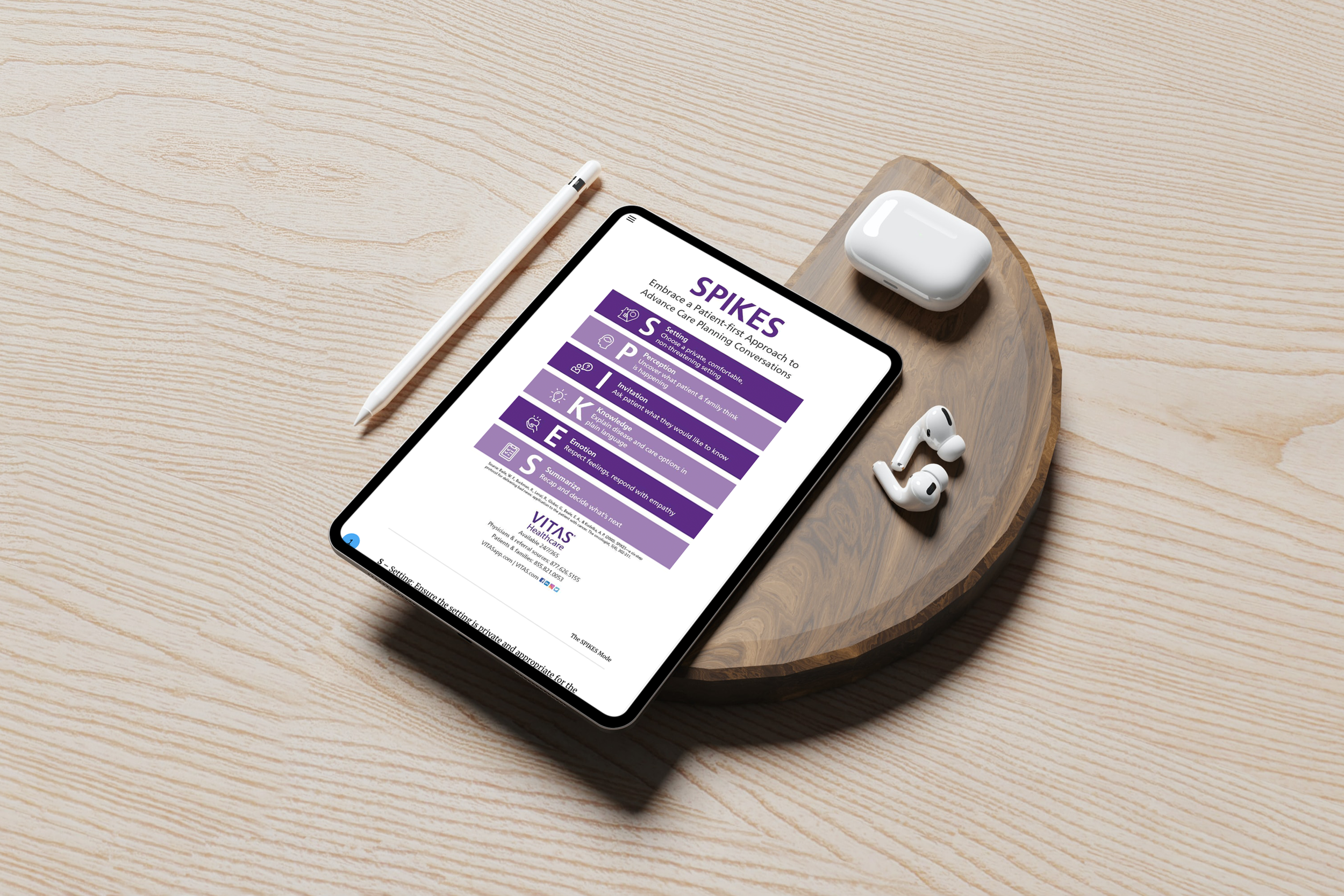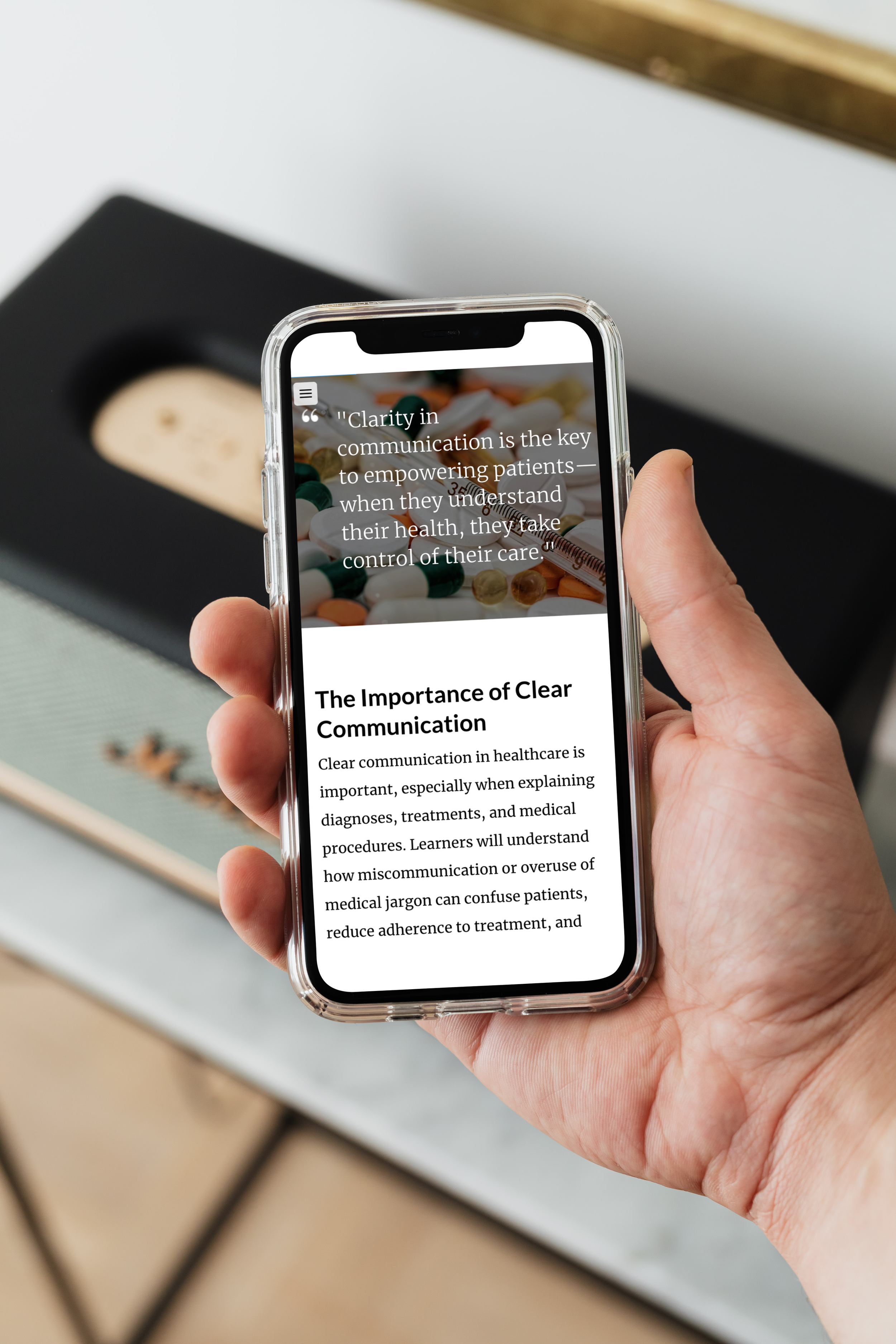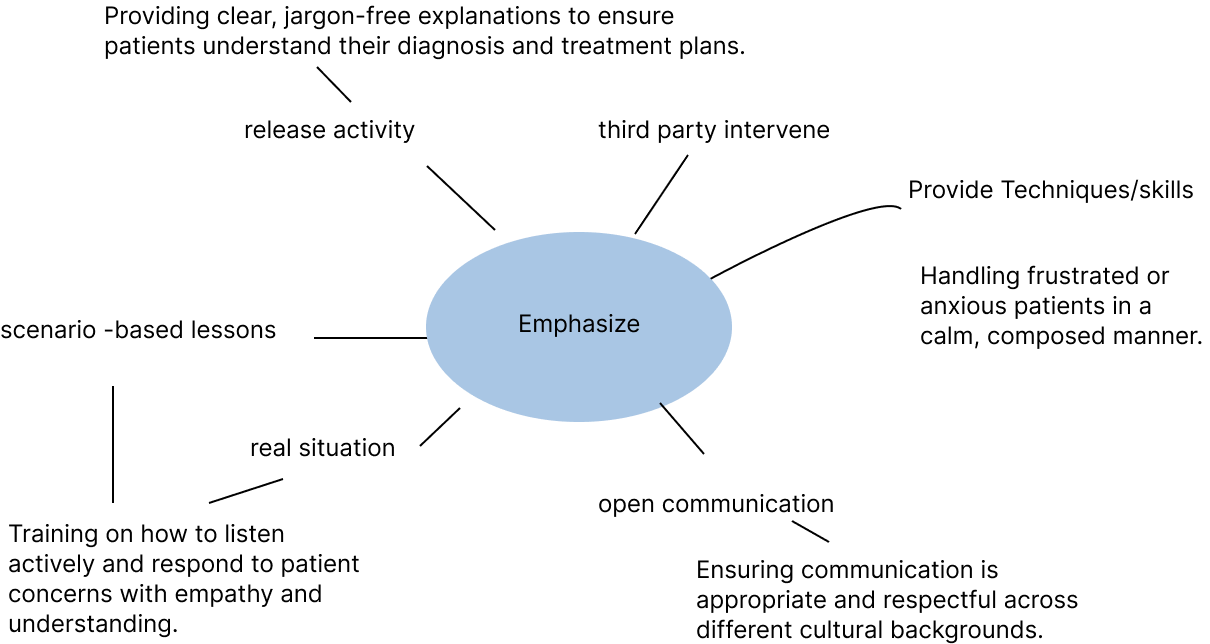Effective patient communication for health providers
Project Goal
The primary goal of this project is to enhance healthcare providers' communication skills with patients by teaching them how to navigate sensitive conversations, build trust, and respond empathetically. This will improve patient satisfaction, care quality, and adherence to treatment plans, while reducing patient anxiety and confusion during consultations.
Problem
Many healthcare providers struggle with communicating effectively with patients, especially when delivering difficult news or managing patients with complex emotional and mental health needs. These communication breakdowns can lead to misunderstandings, decreased patient satisfaction, and poorer health outcomes.
Challenges:
Lack of training on handling patient emotions, fears, and expectations.
Difficulty navigating sensitive topics such as terminal illness or mental health issues.
Miscommunication can lead to patient dissatisfaction, non-adherence to treatment, and emotional distress.
Brainstorm

Solution
Develop an interactive, scenario-based e-learning course that focuses on real-life patient interactions. This course will guide healthcare providers through communication strategies, allowing them to practice and refine their skills in a safe, virtual environment.
Potential Clients
Healthcare Providers: Doctors, nurses, and medical assistants who interact with patients daily and need to improve their communication techniques.
Medical Facilities: Hospitals, clinics, and private practices aiming to improve patient care and satisfaction through better communication.
Medical Educators: Institutions offering training to healthcare professionals can integrate this course into their ongoing professional development programs.
Skills
Instructional Design: Applying ADDIE model to create effective learning experiences.
Scenario-based Learning: Creating interactive, real-life patient-provider communication scenarios.
Behavioural Psychology:Incorporating principles of patient psychology and emotional regulation into the communication strategies taught in the course.
Visual Design: Crafting engaging and easy-to-understand visual aids that enhance learning.
LMS Integration: Ensuring the course is compatible with Learning Management Systems (LMS) like Moodle or Canvas for ease of deployment.
Tools
Articulate Storyline
Adobe Captivate, Adobe aftereffect







